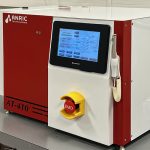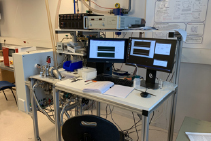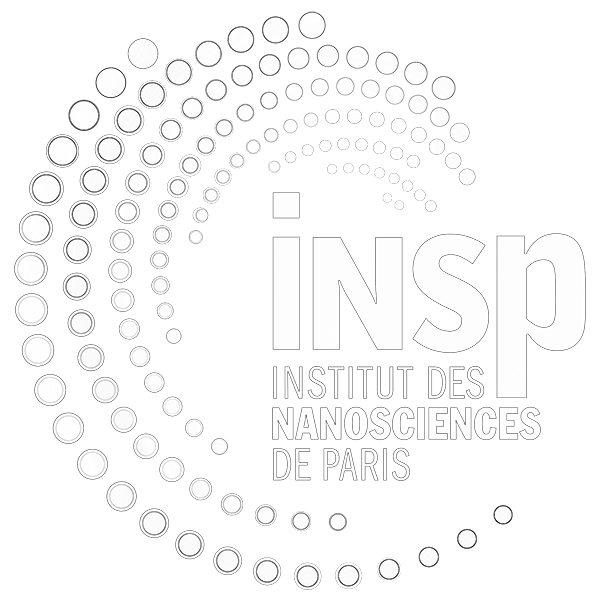- Members : Jean-Jacques Ganem, Isabelle Trimaille, Ian Vickridge, Emrick Briand, Sébastien Steydli
- Non permanent member : Bingbing Xia (IR)
Materials for Energy storage
The transition to a decarbonized and connected society requires radical innovations in electrical energy storage and conversion technologies.
Proton batteries, which use H⁺ ions as energy carriers, represent an environmentally friendly alternative to current lithium-ion systems for energy storage. They avoid critical metals (Li, Co) and reduce toxicity risks by using aqueous and abundant components (carbon, polymers). However, their integration into autonomous sensors for the IoT (Internet of Things) or environmental monitoring requires stable electrodes, controlled interfaces, and eco-responsible production.
The team has a well established expertise in ion beam analysis and isotopic tracing experiments (taking advantage of the Safir platform managed by the team), as well as in the fabrication of nanostructured electrodes for proton batteries using Atomic Layer Deposition (ALD). However, several technological challenges remain, such as the low proton conductivity of electrodes at room temperature, degradation of interfaces in aqueous environments, and the lack of manufacturing processes compatible with flexible or biodegradable substrates.
Research is therefore focused on:
-
Synthesis by ALD of layers for proton electrodes: Developing stable materials based on ALD nanolaminates, optimized for proton conductivity and aqueous stability.
-
Engineering of electrode/electrolyte interfaces: Using ALD to grow nanometric passivation layers that limit corrosion and to promote proton transfer mechanisms (e.g., zinc oxide or titanium oxide layers).
-
Eco-design of ALD processes: Exploring bio-based or low-toxicity precursors (e.g., water-soluble metal complexes) and optimizing deposition cycles to reduce the carbon footprint.

Commercial ALD (ANRIC AT 410)

Home made ALD
These studies take advantage of isotopically marked precursors to investigate the growth processes of the layers by ion beam analysis using Safir.

Ligne de faisceaux. © INSP – Cécile Duflot
Publications
- B. Xia, PhD thesis, July 2022
- B. Xia, J.J. Ganem, E. Briand, S. Steydli, A.W. Baron Wiechec, I. Vickridge, Vacuum 213, 112408 (2023)

